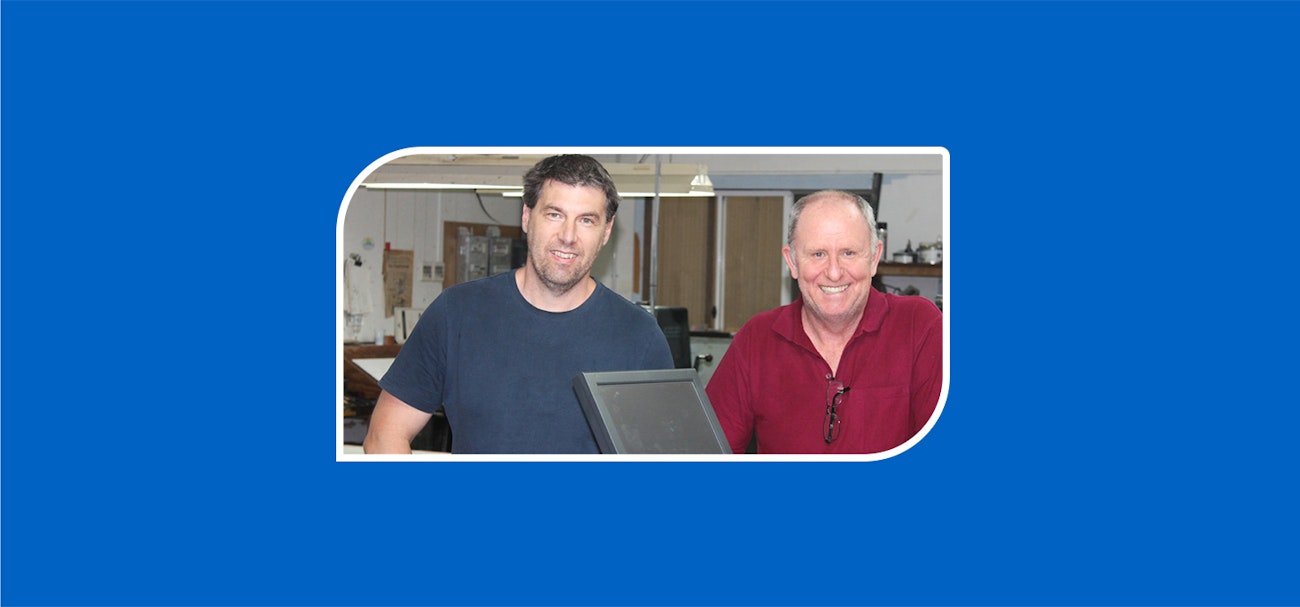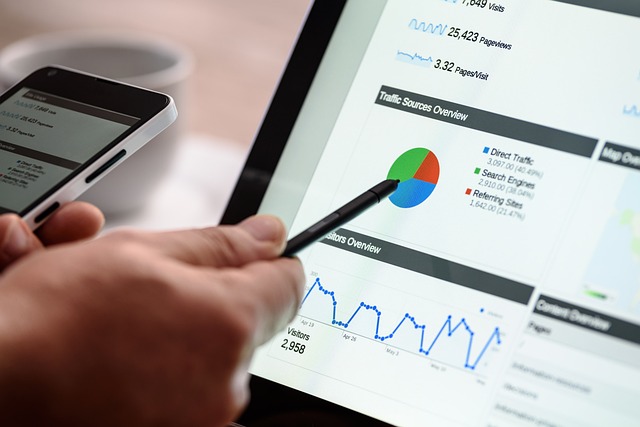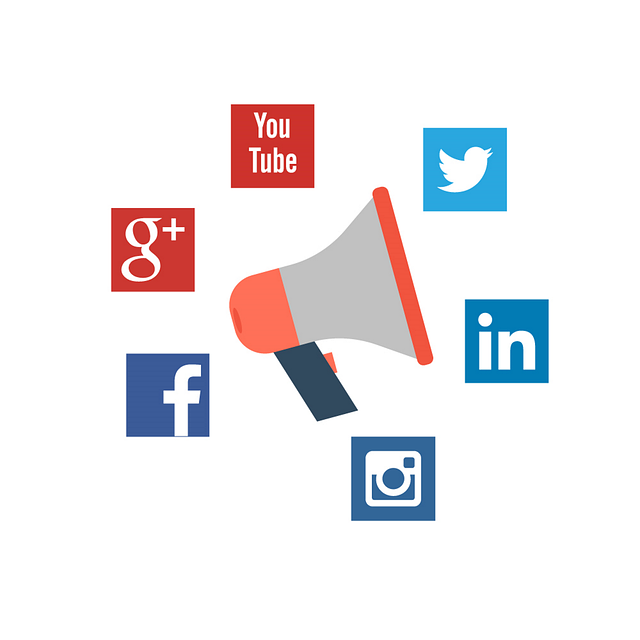
Outdoor media is advertising that is not displayed in a home. It is also known as out of home advertising. This form of advertising is often the most effective because it can have a significant impact on consumers.
Digital out-of-home advertising extends the traditional OOH space and allows brands to reach public spaces with digital screens. This type of advertising is growing in popularity as more brands realize its benefits and how it can be applied to a wider marketing strategy.
To promote their products and services, businesses used to rely on newspaper advertisements in the past. To draw attention to their business, they also put billboards on roads and in parking lots.
Today, businesses use digital out of home ads to attract a new audience. Businesses can also make their audience interact more by using elements like video, audio, and live content.
As technology improves, the world of out-of-home advertising is changing constantly. For example, digital out of home ads are no longer just about billboards; they can now be used on buses, elevators, and in public spaces such as malls or office buildings.

Out of the home advertising is a great way that brands can reach their target audiences personally. It's also a great place to try out your creative ideas.
Many companies offer out of house advertising. These companies offer many services to help businesses design the most effective campaign possible.
The Out of Home Advertising Association of America - (OAAA) is the trade group for out of the home advertising in America. Its members include advertising agencies, brands, as well as ad technology providers. Its goal is to advance the industry by protecting, unifying, and promoting OOH advertising.
It is a member-based association that provides guidance and resources to its members. This includes industry standards and regulations and marketing innovations. It also provides a platform for networking and industry discussions.
OAAA is comprised of 800+ members who are part of the $8 billion US out of home advertising industry. It is an authority thought leader and passionate advocate of OOH advertising.
In addition to its governing board, OAAA is also active in lobbying and advocacy on behalf of the industry. The agency has been lobbying the U.S. government to increase funding for OOH.

OOH can be a great alternative for online digital advertising. It often has a high impact and is difficult to block by adblockers. OOH can also be cheaper than digital advertising.
It is important to be clear and simple when designing an out of home campaign. Consumers will only see an ad for a few moments so it is essential that it is clear and simple to read.
It's also a smart idea to pick locations with high traffic. This will ensure that your ad will have the biggest impact possible.
FAQ
Advertising what is it?
Advertising is an art form. Advertising is more than selling products. It's about building emotional connections between brands and people.
Advertising is about communicating ideas through images and stories.
Communication must be clear and persuasive. Also, you must share a story which resonates with your target markets.
This makes advertising different from other forms of communication, such as public speaking, writing, or presentations.
When you create a winning ad campaign, it is creating your brand identity.
This is how you are memorable. You will be remembered by others.
What are the basics of internet advertising?
Internet advertising is a key part of any business strategy. It allows companies reach potential customers at a very low cost. There are many types of internet advertising. Some are free and some require payment.
There are many ways to advertise online, including pop-up ads and banner ads. Each method offers its own advantages and disadvantages.
Is it possible to get traffic for free?
Free traffic refers to traffic which comes directly from organic search results. This is also known as organic or natural traffic. You can get traffic free of charge by using article marketing, social media marketing and blogging.
Article Marketing is one way to get free traffic. The CPC is usually very cheap compared to paid ads. Article marketing is also referred to as content marketing.
Social Media Marketing - These social media sites, such as Facebook, Twitter or LinkedIn, allow you to advertise your business. These social media platforms can be used to post updates and share photos. You may also build relationships with potential customers. Many businesses choose to buy ad space in social media because they want a wider reach at a reduced price.
Blogging-Blogging is another great way of generating free traffic. You'll attract visitors if you write quality content that people enjoy reading. You can start to monetize your blog with the sale of products or services after you have attracted readers.
Email Marketing - Email marketing has been around since the early days of the Internet, but today it still remains one of the best ways to drive traffic to your website. It is a great way to increase your subscriber base and sell products.
How do I choose my target market?
Begin with you and your closest friends. You might be unsure where to begin. Ask yourself: "Whom am I trying to reach?"
Ask yourself the following questions: Who are my industry's most influential people? What problems do they deal with daily? Which people are the most intelligent in my industry? Where are they located online?
Rewind to the beginning, when your business was founded. What motivated you to start your business? How did you solve the problem?
These answers will help identify your ideal clients. Learn more about them and why they choose to do business with you.
It is also possible to look at the websites and social networks pages of your competitors to get insight into who they cater.
Once you've identified your target customers, you'll need to decide which channel(s) to use to reach them. If your company offers services to real estate agents you might make a website that targets home buyers.
If your company provides software to small businesses, you might consider creating a blog for those owners.
A Facebook page could be created for clothing sellers. A Twitter account could be set up by restaurant owners to allow parents to search for places that are kid-friendly.
It is important to remember that there are many methods of getting your message across.
How much does advertising on social media cost?
If you decide to go this route, you should know that social media advertising is not free. You'll be charged monthly according to how long you spend on each platform.
Facebook - $0.10 Per 1,000 Impressions
Twitter: $0.20 per 1,000 impressions (if your tweet is on Twitter)
If you send invitations, Linkedin: $0.30 per 1,000 impressions
Instagram - $0.50 for 1,000 impressions
Snapchat – $0.60 per 1,000 impressions ($0.40 for each user)
YouTube - $0.25 for 1,000 views
Tumblr - $0.15 per 1,000 impressions for text posts.
Pinterest - $0.05 per 1,000 impressions per month
Google + $0.15-$0.20 for 1,000,000 impressions
Tumblr: $0.15-$.20 per 100,000 impressions
Vimeo – $0.20- $0.25 Per 10,000 Impressions
Soundcloud - $0.20 to $0.0.25 per 1 Million Plays
StumbleUpon - $0.20 -$0.25 per 1 billion pageviews
Digg: $0.20 – $0.25 per 1,000 diggs
Reddit $0.20-$0.25/1000 comments
Wordpress – $0.20--$0.25 Per 500 Comments
Flickr - $0.20 -- $0.25 per 5,000 photo uploads
What is advertising's main purpose?
Advertising isn’t about selling products.
Advertising is all about communicating ideas and values with people who are already interested. Advertising is about changing minds and attitudes. It's about building connections.
It's all about helping people feel good.
But if you don't know what your customers want, you can't sell anything to them.
Prior to you begin any advertising project, make sure you understand your customer's buying habits and needs.
Then you can design ads that will resonate with them.
What should you know about printing advertising?
Print advertising can be a powerful medium for communicating with customers. Many companies use print advertising to promote their products. The key objective is to capture the attention of the consumer.
Print ads are typically one page long and include text, images, logos and other graphics. You may also find sound, animation, video and hyperlinks.
Here are the main types and classifications of print advertising:
1. Brochures – These are large format printed pieces that are intended to draw people into stores. Brochures often feature eye-catching designs and colorful photos.
2. Catalogues are smaller versions than brochures. They are sent to customers who have requested specific information.
3. Flyers are small pieces or paper distributed at events such concerts and fairs. They can be given at retail outlets but must be paid for.
4. Posters - These flyers can be larger than the ones you see on the flyer. They are often displayed on walls, fences, or buildings. They are created by computer software programs in order to grab passersby's eyes.
5. Direct mail – This is a direct mailing of letters or postcards directly to customers. These cards are sent by companies periodically to remind their customers about their company.
6. Newspaper Ads - These are placed in newspapers and magazines. They can be quite lengthy and often include text as well as images.
Statistics
- Google will display whichever ad type (CPM or CPC) is expected to earn more revenue for the publisher, which is in Google's best interest since they take a 32% share of the revenue. (quicksprout.com)
- Advertising spending as a share of GDP was about 2.9 percent. (en.wikipedia.org)
- It's 100% reliant on your website traffic. (quicksprout.com)
- Advertising's projected distribution for 2017 was 40.4% on TV, 33.3% on digital, 9% on newspapers, 6.9% on magazines, 5.8% outdoor, and 4.3% on radio. (en.wikipedia.org)
External Links
How To
How to place ads on your site
Advertising is an integral part of every business. They allow you to reach potential customers and keep them coming back.
Ads also let you promote your products and services without spending money directly on advertising.
Google Adsense is a way to display image or text ads on your blog or website.
Google Adsense gives you the opportunity to make revenue from every click on any ad link displayed on your site. Your ads can be set up without the need for any programming.
To get started, just sign up for a free account at www.google.com/adsense. Next, follow these steps.
-
You can create ads with the Ad Builder tool. The tool allows you to create different ads such as text, images or interactive ads.
-
After creating your ads, you need to upload them in your AdSense account. To do this, select "Upload" under the "My Ads" section in the left-hand navigation bar.
-
Next, include keywords related to the product or service you are advertising so that it appears in search results for your specific niche.
-
Finally, copy the ads you want to paste into the appropriate parts of your website. Once you have done this, your ads will be automatically loaded onto the site.
-
Visitors will be directed to your site if they click on any of your ads.
-
Earnings are deposited into your AdSense account whenever someone clicks on one of your ads.
-
By clicking on the My Account tab at the top right of your AdSense dashboard, you can view reports that show the performance of your ads.
-
You can also download your earnings as a CSV file.
-
You can change your ads to increase earnings or target your audience.
-
You can also pause or remove your ads at anytime.
-
We are available to answer any questions.